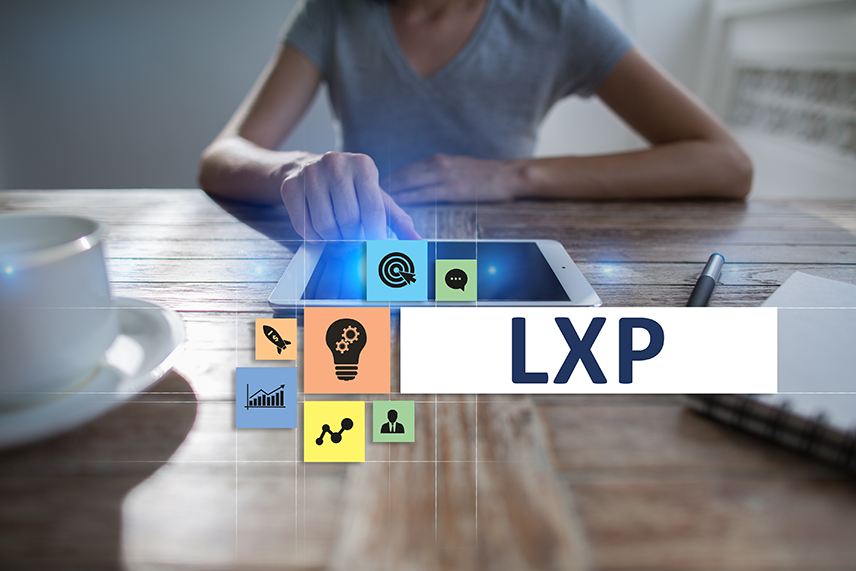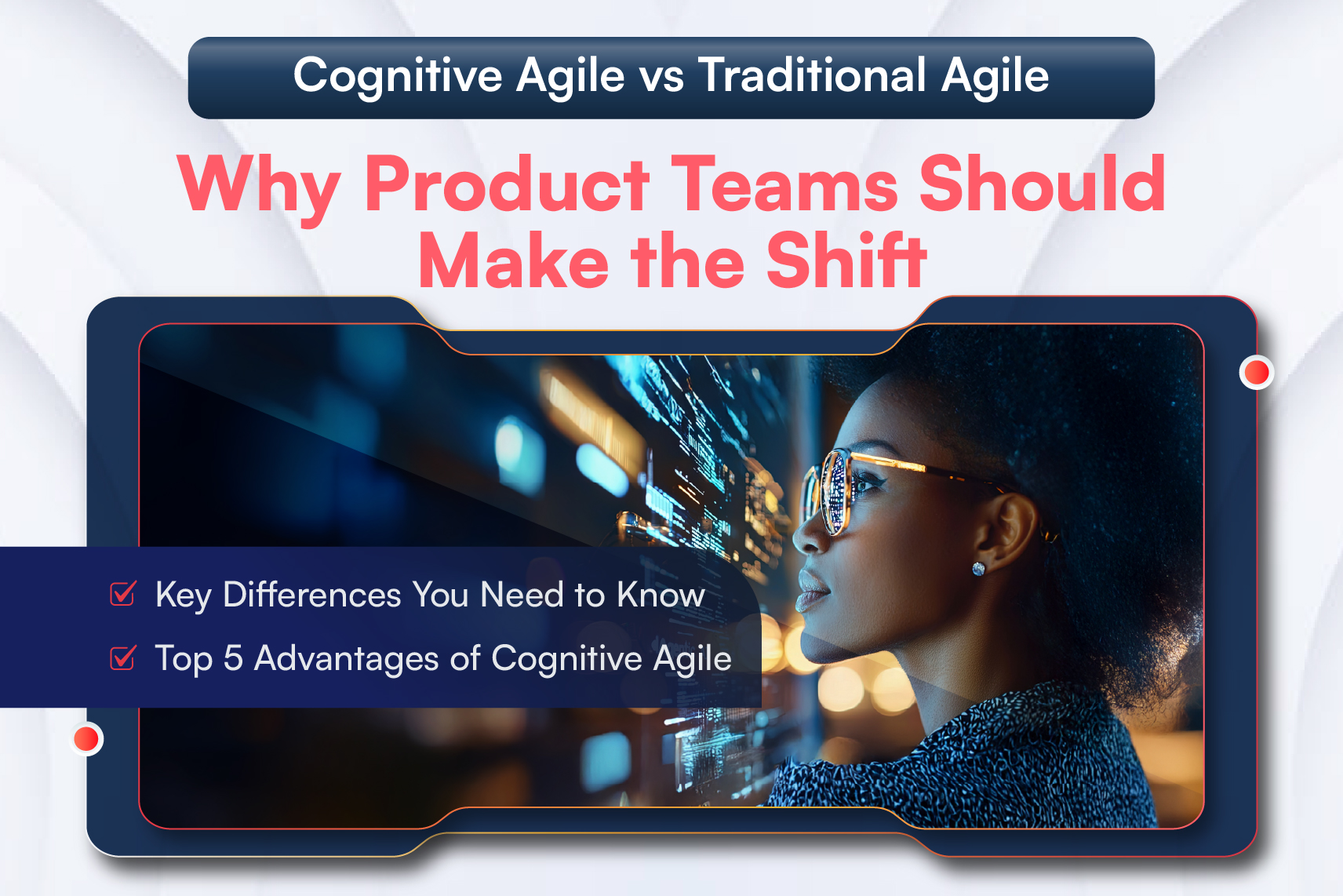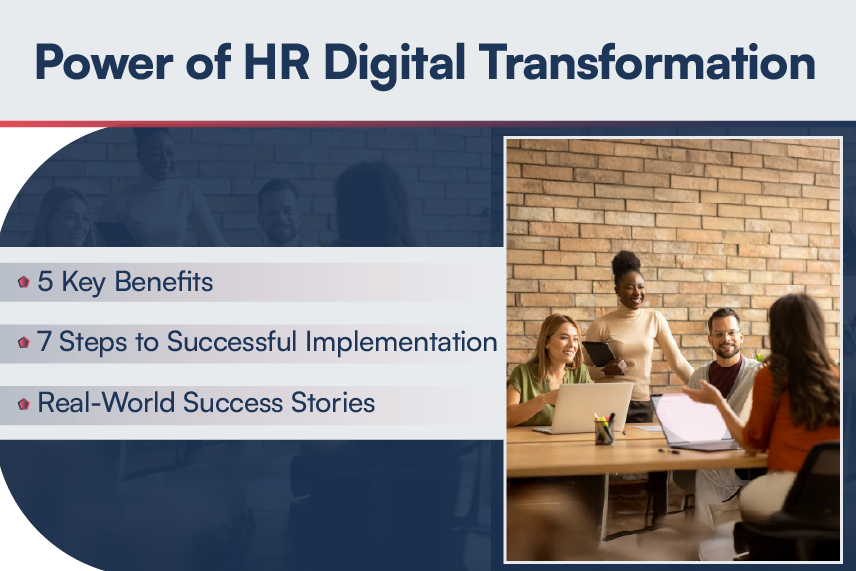
Learning is an ongoing process. So, the systems that manage learning also undergo changes as the needs and choices of the learner change. The traditional Learning Management System (LMS) is still driving a lot of corporate training, but the LMS tends to be more administrator-driven. The corporate learning systems needed more than that. That’s where we find the Learning Experience Platforms or (LXP) step in.
A learning experience platform (LXP) gives a personalized, social, online learning experience for users. It consolidates disparate learning resources into a single platform.
Although some may say that LXPs are enhanced LMS, there are certain differences between the two. Below are few such differences:
| Factor | LXP | LMS |
| User Experience | The user experience has a feel of that of Netflix, Hulu, or Amazon Video. One can view a panel of topics with preview images of the content. | It has more of a linear interface. One can scroll vertically down to see the categories, and then scroll horizontally in each row to view the course content. |
| Course Length | Focus is more on microlearning. The training length can be about 3 to 5 minutes. | The course length can have a varied range like 2 hours or 215 hours depending on the course opted for. |
| Recommendations | LXPs try to go a step ahead and help the learner with “Most Popular”, “Recommended for you”, “Trending Content”, etc. | Recommendations to the courses are very generic and it does not have much to do with the learning graph of the user. |
| Engaging Employees | With the Netflix kind user experience and short course content, employees tend to complete the courses. | LMS requires the employee to be more dedicated to the approach of course selection and systematic course completion. This could cause loss of employee engagement. |
| Administrative Tasks | Anyone can add or create new content, which then becomes discoverable by anyone in the company. They are user-driven. | Companies that only use an LMS typically have an administrative team managing the software. They are more administrator-driven. |
| Managing Changes or Updates | Since they are very dynamic in nature, changes or updates in the system can happen without delays. | This often requires rebuilding the system and could take time and cost efforts. |
Today employees want a more consumer-like experience to learn from, something the LXPs have tried to achieve. LXP products such as Axonify, Degreed, and Grovo are capturing the learning market with their unique features. Let’s have a look at some of the features of these products:
1. Use of Brain Science
The main aim is to help the learner to keep up with the course and also understand the course concepts. For instance, Axonify applies concepts like repetitive learning (to repeat part of course) and confidence based learning to help the learner understand and grasp the course contents.
2. Gamification
The presence of competition, leadership boards, badges keep employees engaged and help them to complete the course taken. Also, when these collaborative solutions are integrated with social media they tend to have positive reinforcement and foster employee participation.
3. Recommendation of courses
Selecting a subject (for e.g. Communication) is easy for the learner, but how does a learner select a particular course from the various courses listed under the subject. There are various parameters like how many learners have taken the course, what kind of feedback was provided, is the course outdated for the skill, and so on. LXPs utilize machine learning and artificial intelligence to build the recommendation for the courses.
One of the best things about LXPs is that they can be a standalone platform or be integrated to an LMS as well. So clearly LXP vendors are leaving no stones unturned. With the useful features and user-driven approach they are sure to stay here for long, aren’t, they?






